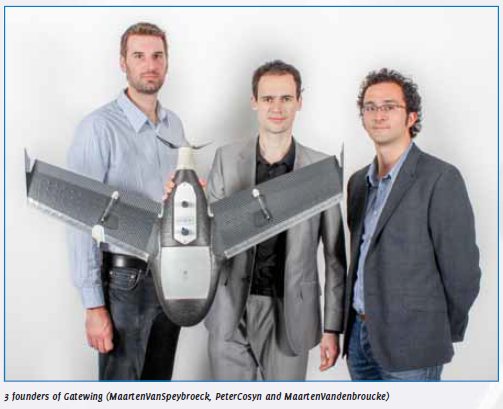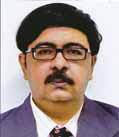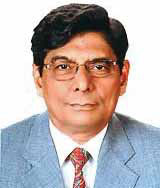Articles in the His Coordinates Category

Considering the transformational rate of growth in passenger traffic, airline fleet and the aircraft movements anticipated in the next few decades, the challenges that confront aviation are the need for matching airport/CNS-ATM infrastructure, airport/airspace capacity enhancement and technology up gradation.

The primary objective of ISAC is to build satellites to meet national requirement of the country in various application areas like satellite-based communication, navigation, national natural resources management, oceanography, meteorology, cartography and exploration of outer space and other planets, etc.

Surveyors have a rich history and recognized longstanding contribution to societies worldwide. This will always be part of the surveyors’ identity and I don’t think using new technology will change that. I don’t think maintaining domain identity is exclusive of integration. There is a big difference between integrating technologies and integrating professions. Surveyors have many new tools producing large amounts of data, such as LiDAR, highprecision imagery, and GPS.

The idea for designing unmanned aerial systems (UAS) for rapid mapping originated from a doctoral dissertation in aerodynamics by Peter Cosyn, one of the three founders and now Director of R&D at Gatewing. Maarten Van Speybroeck, Director of Operations and Finance, was involved with this idea as subject for a thesis.

IFEN was the first company in Europe to work on ground based integrity monitoring. Starting out with research and development in 1999 for regional augmentation system EGNOS V1, IFEN is currently providing maintenance to the current SoL certified EGNOS V2 for the integrity check. Furthermore, IFEN will continue to make major contributions to the ongoing definition of the next generation EGNOS V3.















 (5.00 out of 5)
(5.00 out of 5)